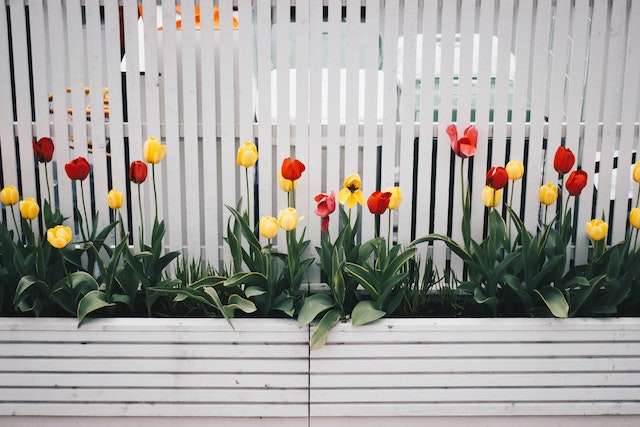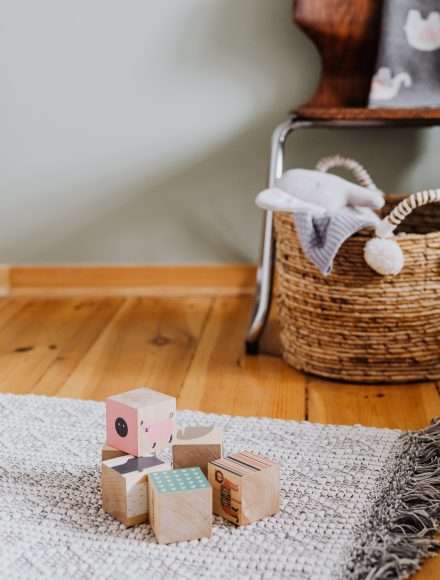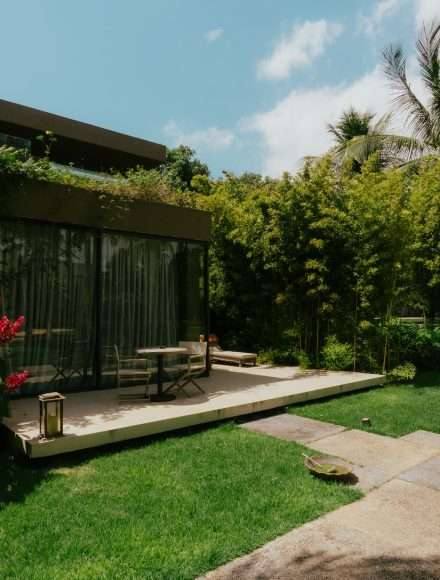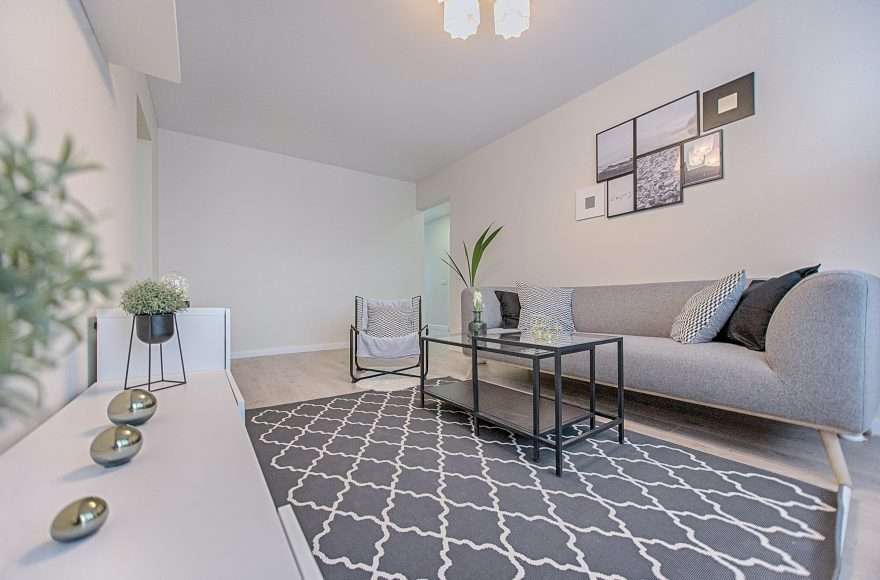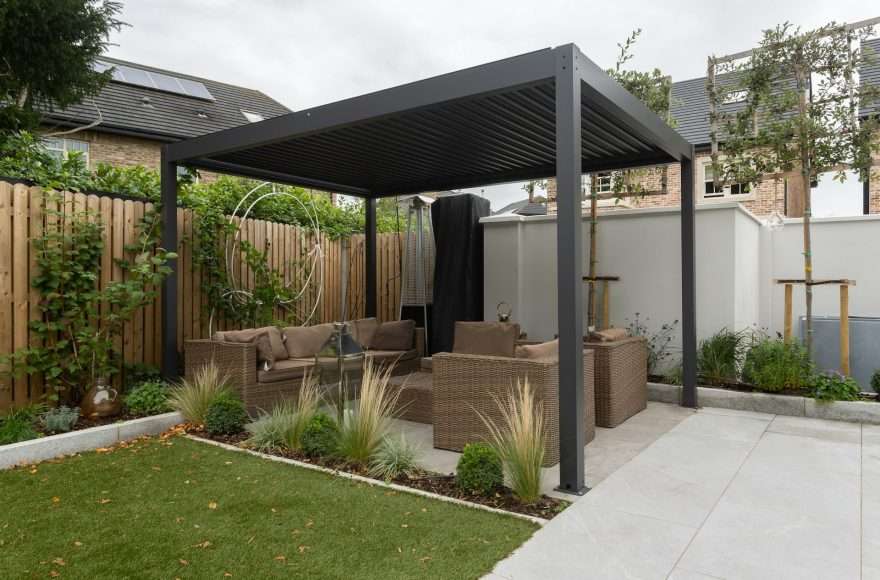Botanical Design: 11 Statement Indoor Plants to Round Off Your Interior
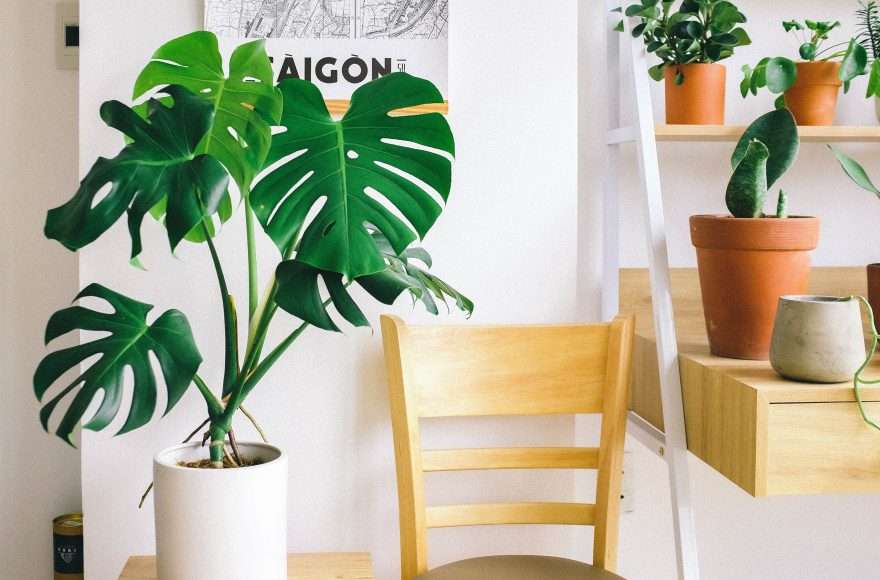
Bring on the fresh new vibes, and transform your interior décor with a splash of floral palettes! Botanical design is an ever-expanding trend in home furnishing that not only looks good but boasts great benefits too. So if you’re looking to cultivate nature indoors and round off your interior design this season then you have come to the right place. Whether it be for decorating, improving air quality or creating a positive atmosphere; indoor plants are the answer! Read on as we dive into eleven statement pieces that will bring life back into your space.
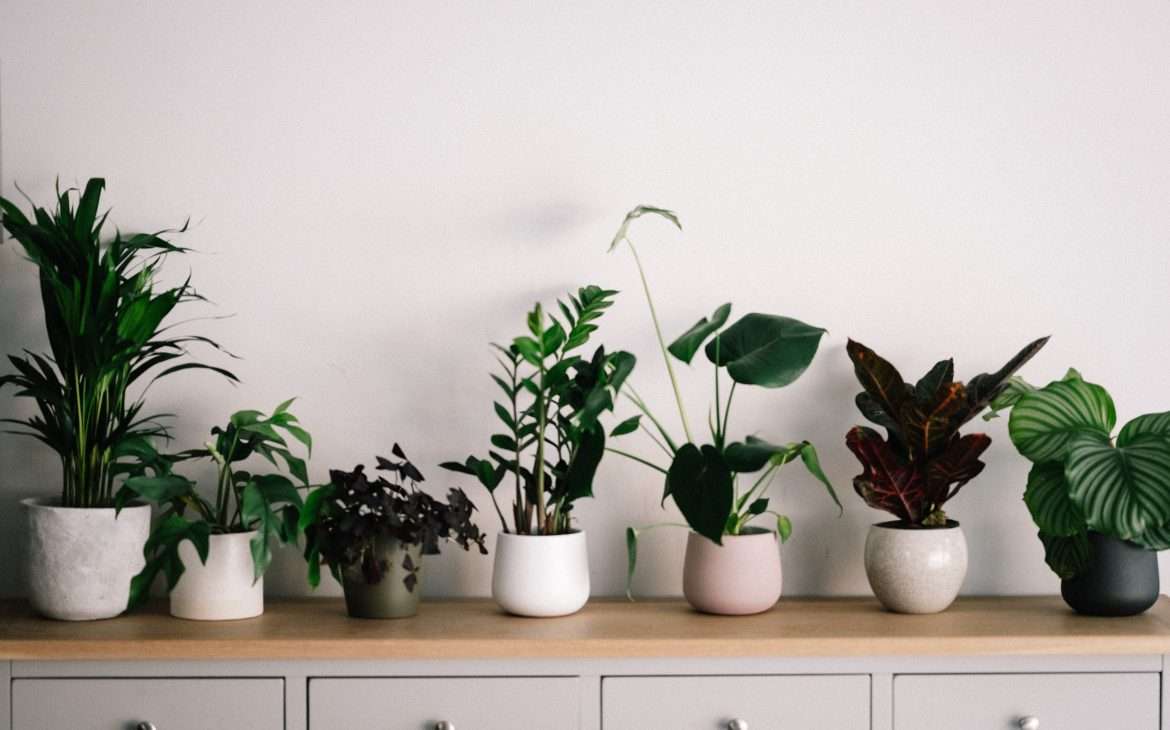
Benefits of Indoor Plants
Houseplants offer a range of incredible benefits that enrich both our emotional and physical health. Indoor plants can help purify the air we breathe, raise the humidity level in our living space, and even reduce stress levels and anxiety. Additionally, their colourful shapes and sizes can bring visual interest to an otherwise mundane indoor space.
Moreover, caring for plants provides an excellent opportunity for exercise – from lifting heavy pots during planting season to reaching far around your tallest leaves to dust! Furthermore, houseplants can even help freshen up stale interior odours. Finally, by incorporating plants into a home or office environment, one gets not only the benefit of extra oxygen but also easy access to natural beauty. All in all, it’s hard to deny that there are so many reasons why having houseplants is entirely worthwhile!
11 Floor Plant Ideas for Your Home
1. Dracaena marginata
Dracaena marginata, more commonly known as the dragon tree, is an exotic and unforgettable houseplant. Native to Madagascar, it grows in a cascading fashion due to its long thin leaves and will add some tropical flair to your living space. This plant requires bright indirect light or low light conditions and prefers warm temperatures. Adding to its intrigue, Dragon Trees are also very proficient air purifiers that remove toxins like benzene and formaldehyde from our home environment making it difficult not to love this unique addition to any home decor.
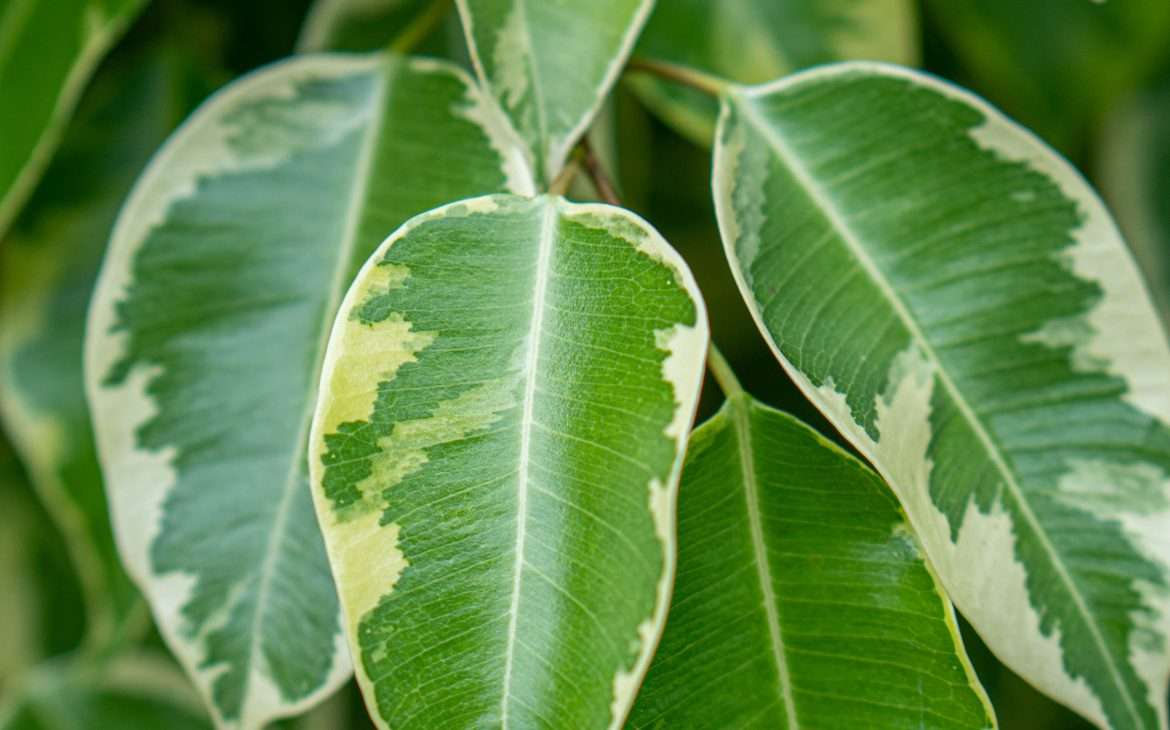
2. Ficus benjamina
The Ficus benjamina, also known as the weeping fig, is a popular indoor houseplant for many reasons. Its long, trailing branches that cascade downwards make it an eye-catching decorative piece in any space. Additionally, this plant is ideal for novice gardeners as it surprisingly doesn’t require much maintenance. One of its main advantages is that it grows best with average humidity and temperatures between 65-75°F and prefers indirect sunlight rather than direct sunlight which makes it easy to keep indoors or outside without overheating. Its thick leathery leaves also help filter out pollutants from the air making it an ideal choice for those looking to purify their home’s environment.
3. Aglaonema Pictum Tricolor
Aglaonema Pictum Tricolor, otherwise known as Chinese Evergreen, is a popular houseplant due to its relatively easy care requirements and attractive foliage. Each leaf features shades of cream, grey and silver-green while its stems are corn-like. Originating from tropical regions of China, this plant thrives in medium light levels but will tolerate low light conditions if needed.

It appreciates regular watering with the soil allowed to dry out slightly between waterings and should be fertilized lightly during the growing season. With proper care, Aglaonema Pictum Tricolor can provide years of lush foliage and elegant beauty that fits into any living environment.
4. Alocasia amazonica
Alocasia amazonica, otherwise known as the “African mask plant,” is an increasingly popular ornamental specimen. Its large, arrowhead-shaped leaves sit atop long stalks and are reminiscent of African face masks. Native to China and Southeast Asia, Alocasia amazonica thrives in humid climates with lots of indirect sunlight. Pruning is also recommended to keep it in check, as it can grow up to 2 or 3 feet tall within a year. With its lush foliage and aesthetically pleasing appearance, this plant is an excellent choice for beginning gardeners who want to bring some unique greenery into their space!
5. Dieffenbachia maculata ‘Tropic Snow’
Dieffenbachia maculata ‘Tropic Snow’ is one of the most beautiful houseplants out there. Its unique large white and green variegated leaves create a stunning contrast against the other green plants you might have in your home. This plant is not only beautiful, but it’s also relatively easy to care for. It prefers to be placed in indirect sunlight and its soil should stay evenly moist without drying out completely.

With the proper environment, Dieffenbachia maculata ‘Tropic Snow’ can grow up to 4 feet in both indoor and outdoor settings, making a room brighter and more inviting. If you need an elegant addition to your home that doesn’t require much looking after, this tropical stunner might be perfect for you!
6. Sansevieria trifasciata ‘Laurentii’
Sansevieria trifasciata ‘Laurentii’ is an evergreen succulent native to West Africa and is commonly known as the snake plant, mother-in-law’s tongue, or viper’s bowstring hemp. It is an easy-to-care-for variety of the Sansevieria family; its deep green leaves are patterned with yellow bands that look almost as though they were painted on.
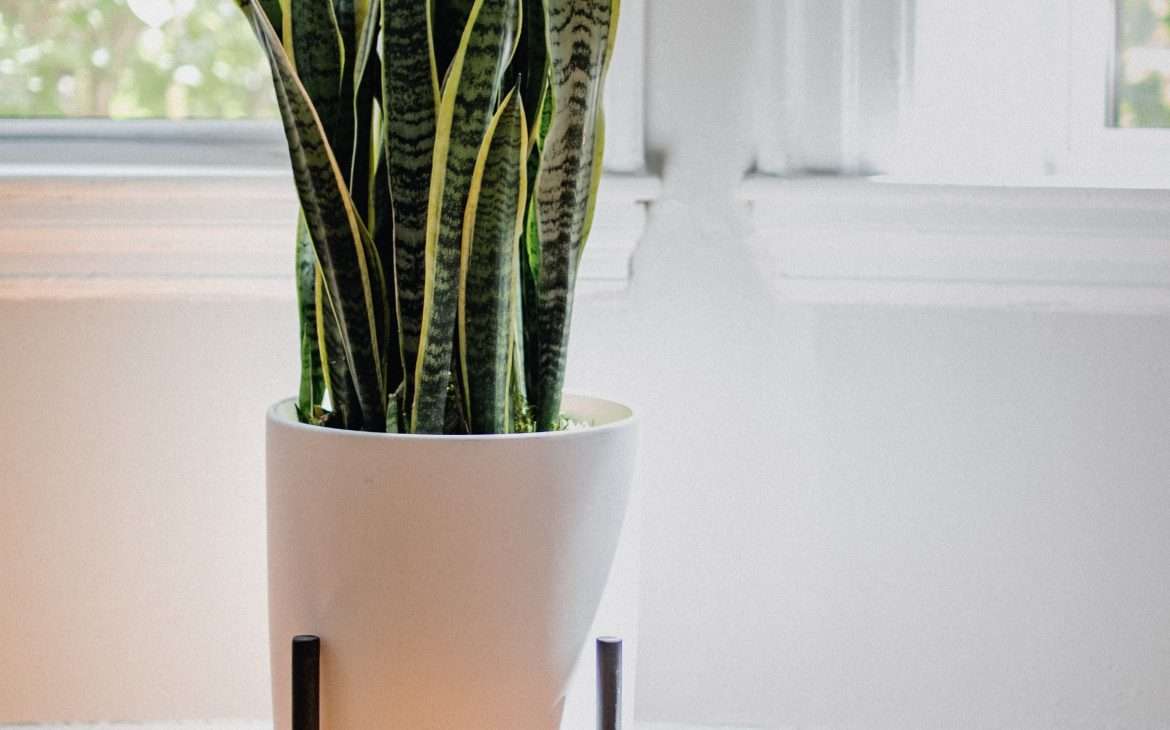
It does best in warm temperatures and medium to bright indirect light. Additionally, it prefers loose, well-draining soil that stays slightly dry between waterings. If sanitizing a room is your goal, then Sansevieria trifasciata ‘Laurentii’ should be your pick! This air-purifying evergreen not only looks beautiful but also reduces toxins in the air thanks to its ability to absorb carbon dioxide while releasing oxygen.
7. Monstera deliciosa, Swiss Cheese Plant
The Monstera deliciosa, more commonly known as the Swiss Cheese Plant, is a striking tropical evergreen that has made its way into the hearts of indoor plant enthusiasts. With striking, glossy leaves and an exotic appearance, it can be a statement piece in any living space.
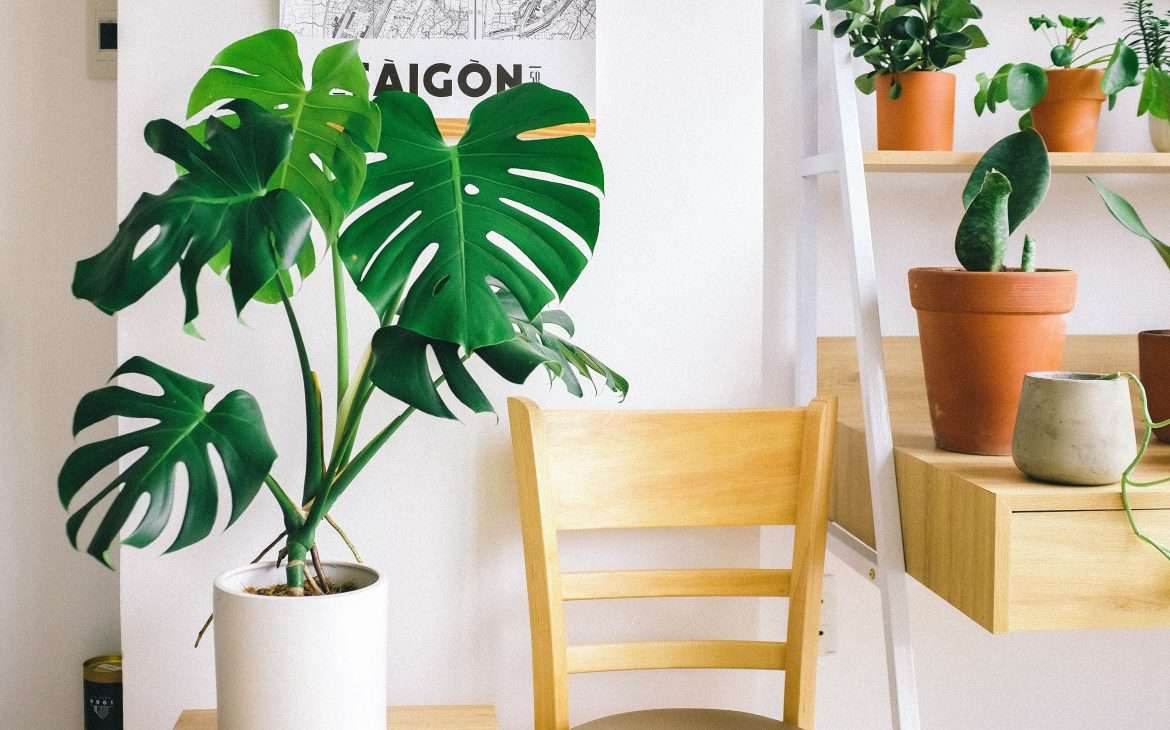
Known for its large perforated leaves, this climber is also helpful for filtering out bad smells and pollutants from the air. A member of the Araceae family, the Monstera deliciosa typically grows to sizes of 6-10 feet – so be sure to give it plenty of support to grow! With adequate sunlight and soil moisture, this versatile plant can thrive both indoors and outside.
8. Spathiphyllum Wallisii, Peace Lily
The Spathiphyllum Wallisii, commonly known as the Peace Lily, is an extremely versatile houseplant. It is easy to care for and acts as a natural air purifier, removing chemicals such as formaldehyde and benzene from indoors. It also humidifies the atmosphere, making it perfect for a dry indoor environment. With lush foliage and white spathes, this quietly beautiful plant makes a great addition to any room in need of some calming greenery. Peace Lilies also bloom on occasion with small white flowers that will really brighten up your space. If you’re looking for a plant that will help you liven up your space while maintaining low maintenance requirements, the Spathiphyllum Wallisii could be just what you need!
9. Calathea ornata, Pin Stripe Plant
The Calathea ornata, which is also known as the Pin Stripe Plant, is a stunning houseplant native to the tropical area of Central and South America. This plant is well-loved for its unique leaves with black pinstripes and attractive feathery detailing from contrasting shades of red or pink around the edges. Calatheas enjoy bright indirect light and moist soil, making them an ideal choice for easy indoor gardening. With proper care, these plants are long-lasting, disease resistant, and quite hardy overall. They’re not fast growers but their beautiful colours and patterns make it worth the wait, turning any space into a living work of art.
10. Pachira aquatica
Pachira aquatica, or the Money Tree, is an amazing plant. Native to Central and South America, this plant has bright green leaves that fan out in a lush canopy resembling a palm tree. As its name suggests, the Money Tree has become a symbol of good luck and prosperity among many cultures worldwide. Its robust form can thrive both outdoors and indoors in medium-light conditions. In addition to its symbolism, Money Trees require little maintenance and produce beautiful foliage throughout the entire year, making it a desirable addition to any home. Its unique appearance and resilience also make it an interesting gift for lovers of nature and plants alike!
11. Strelitzia nicolai: Bird of Paradise
The Strelitzia nicolai, more commonly known as the Bird of Paradise plant, is a popular staple in gardens and homesteads all around the world. It’s distinguished by a large paddle-shaped leaf and an immense flower with bright blue petals that can reach up to 20 inches when in bloom.
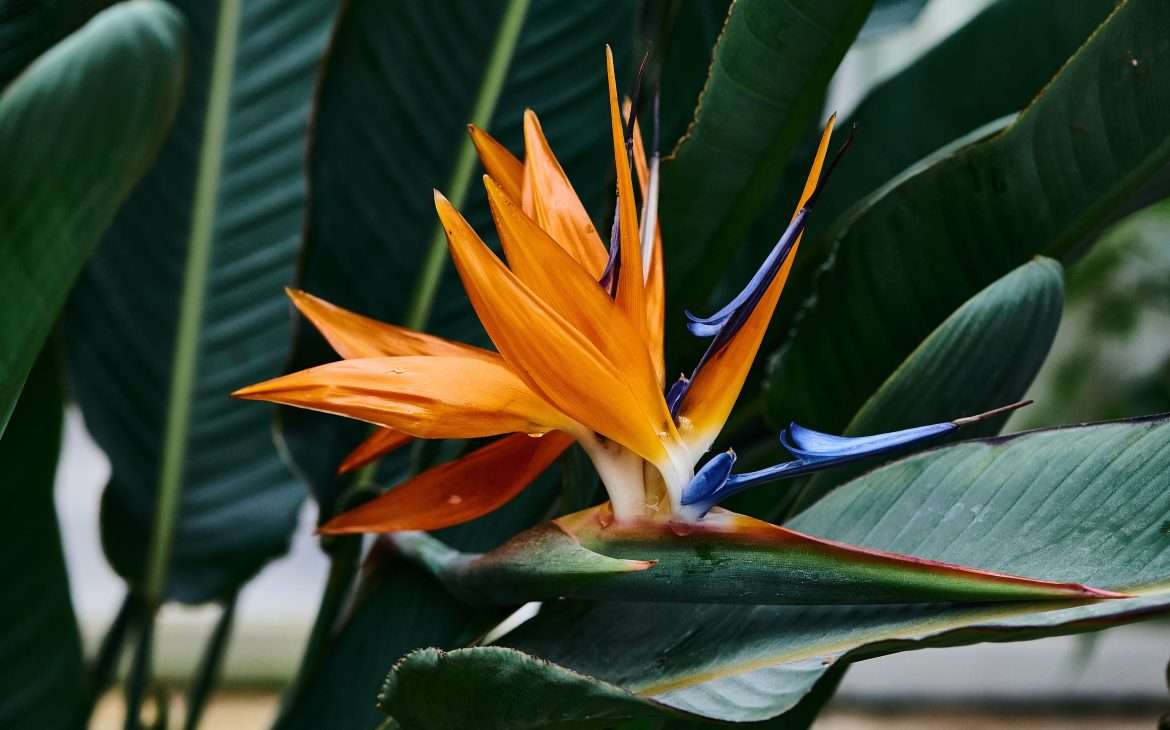
The origins of this captivating plant are in South Africa but it can today be found and enjoyed in many different climates. This feature makes it an excellent option for many home gardens as it will thrive in most conditions. The Bird of Paradise is both enchanting and hardy, making it the perfect addition to any outdoor space for visual appeal without taxing maintenance.
Tips for Keeping Houseplants Alive
Taking care of indoor plants can be a great way to add some extra greenery and life to a living space, but for the inexperienced gardener, it can be an intimidating task. Fortunately, by following a few simple tips, growing beautiful houseplants can be easy. Begin with getting to know the needs of different plants – many species actually thrive in shady conditions or require minimal watering once established.
Additionally, having the right potting soil is key in order to giving plants proper moisture and fortifying their roots. Finally, one should not forget that giving your plants enough natural light is essential for their health; of course, this will look different depending on the type of plant that is being cultivated. By implementing these strategies into your gardening routine, you will be sure to have thriving houseplants!
Decorating with Houseplants
Decorating with houseplants can be a wonderful way to invigorate any home. It’s an added bonus that taking care of plants not only looks good but also helps clean the air and improve mood. Integrating houseplants into the decor is an easy and stylish way to bring nature into your home without ever leaving your doorstep! With the variety of colours and textures available, anyone can create an oasis of relaxation – all with a little bit of creativity in arranging them. So why not consider adding some houseplants to your living space today? Your friends, family – and lungs – are sure to thank you for it!
Creating an Outdoor Garden That Complements Your Indoor Plants
To fully enjoy the benefits of indoor plants, why not create an outdoor garden that complements your indoor garden? Not only will it provide a beautiful backdrop for your plants, but it will also create a seamless transition between the inside and outside of your home.
One way to create a cohesive look is to choose fence colors that complement the colors of your indoor plants. For example, if you have a lot of green plants with lush foliage, a fence in a natural wood tone or a neutral color like beige or gray can provide a nice contrast without overwhelming the space. If you have more colorful plants, a fence in a similar shade or a complementary color can create a harmonious flow between the indoor and outdoor spaces.
In addition to choosing fence colors, consider adding outdoor plants that complement your indoor garden. For example, if you have a lot of tropical plants indoors, consider adding some exotic plants like palms or succulents to your outdoor garden. If you have a lot of flowering plants indoors, add some annuals or perennials that bloom in similar colors to create a cohesive look.
With a little bit of planning and creativity, you can create a beautiful outdoor garden that complements your indoor plants and adds to the overall ambiance of your home. So why not take your gardening skills outside and create an oasis of greenery that will make your home the envy of the neighborhood?
Make the context of fence colors more natural, you do not need to use the words “fence colors” verbatim, make it so it’s more relevant if needed.
Sure, here’s an additional subheading that mentions fence colors in a more natural way:
Creating a Seamless Transition: How Your Outdoor Garden Can Compliment Your Interior Décor
When it comes to cultivating nature indoors, it’s important to not forget about the outdoor space. Your outdoor garden can be the perfect complement to your indoor décor, and vice versa. The colors, textures, and shapes found in your garden can be used to create a seamless transition between indoor and outdoor spaces.
Consider using similar color palettes in your outdoor garden as you have in your indoor plants. For example, if your interior is decorated with white and green foliage, incorporating these colors into your garden can create a cohesive look that ties your living space together. This could include painting your fence with a white or green color, using similar plants and flowers, or incorporating garden décor that matches your indoor theme.
Another way to create a harmonious connection between your indoor and outdoor spaces is to bring your outdoor plants inside. Adding a few potted plants from your garden to your interior decor can help blur the lines between your indoor and outdoor spaces. Not only will this make your living area feel more cohesive, but it can also provide an interesting visual contrast between the two areas.
When selecting plants for your outdoor garden, think about how they will look from the inside of your home. The view from inside can greatly influence the selection of plants and their placement in the garden. A colourful and vibrant garden can provide a stunning backdrop for indoor spaces, while a more subdued and natural garden can create a calming and peaceful atmosphere.
In addition to plants, the colour of your fence can also play a significant role in connecting your indoor and outdoor spaces. Choosing a fence colour that complements your indoor décor can create a harmonious flow between the two spaces. For example, a white fence can be an excellent complement to a white-themed interior, while a natural wood fence can add warmth to a more earthy-toned living space.
Incorporating your outdoor garden into your interior design can provide a unique and cohesive living space that enhances both the inside and outside of your home. By paying attention to the colours, textures, and shapes found in both spaces, you can create a truly seamless transition between indoor and outdoor living areas.
Conclusion
Indoor floor plants are a great way to bring life into your home. Not only do they provide air purification and improve indoor air quality, but choosing the right plant for your space can be an enjoyable task. From classic favourites like Peace Lilies and Monstera Deliciosa to trendsetters such as Alocasia Amazonica and Strelitzia Nicolai, houseplants come in a variety of shapes and sizes to suit any indoor space. With the right knowledge and care, indoor floor plants can be an easy and beautiful way to add vibrancy to your home. So why not get growing today?
